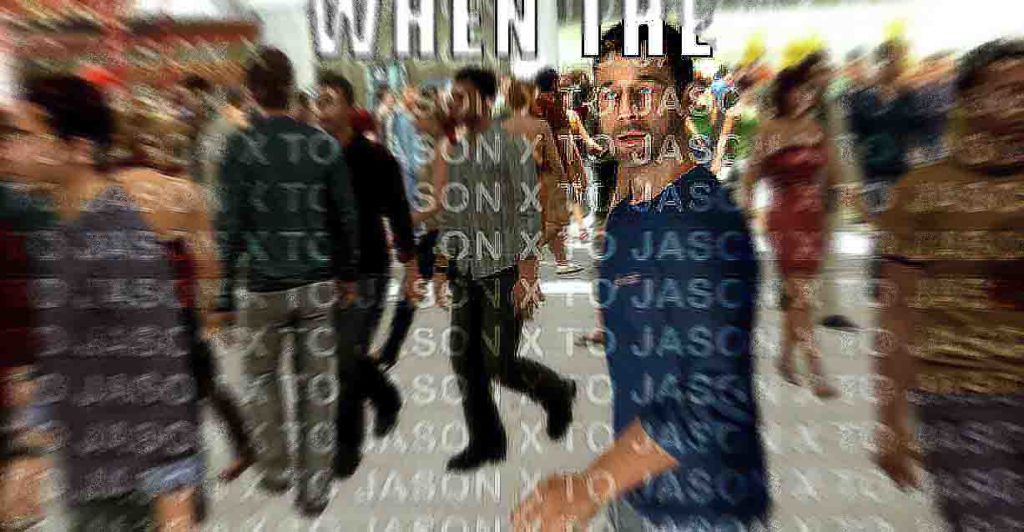See the video version of this entry here.
This time around I would like to be a bit aspirational.
I would someday like to make a game, or preferably several.
Like anyone who wants to make a full fledged piece of media like a Film, Game, Album or Book one naturally first wonders what makes my work successful? What makes my game… good?
“Good” obviously is subjective but it is an important question to examine. I could go the easy way out and say some nebulous thing like “if you liked making it, it must be good :)”
While it may be true, it seems like an easy out, and kind of lame to be honest.
So truly what makes something good?
What does “good” even mean?
The only real objective measurement of art being good could be popularity. What makes a work popular? or, in other words, what attracts the most amount of interest?
This was a painfully long and wordy way to lead into the statement that its better to be bad than mediocre.
Desert Bus is by all means a bad game, terrible even. At its core design and idea its supposed to be a monotonous, boring parody of realism in games.
However anyone who has heard of or played Desert Bus remember it well and have found a way to make Desert Bus a good time regardless of its slow, boring, but, realistic game-play.
As developers, artist, and storytellers we should strive to make something great, something that will make people think, or at least inject a bit of fun in peoples lives. But lets leave ourselves room to make something truly bad, bad enough to be enjoyed, discussed and learned from. Because its better to to be bad than bland, forgettable, safe, middling, and other words to express boredom.
I have no idea how to end this entry so here’s a crappy platitude:
Run from mediocrity, not from imperfection.
Some pretentious idiot
goodness that was bad.





